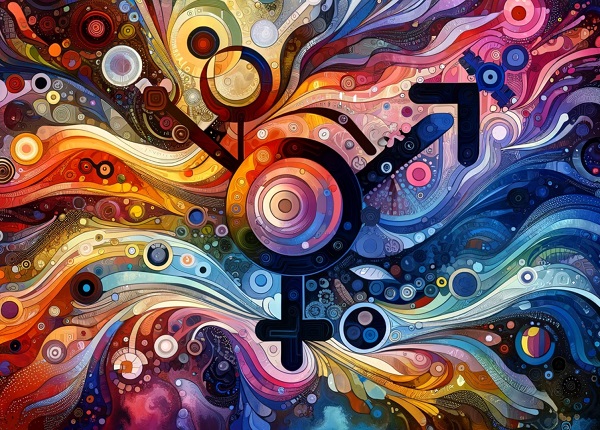The understanding of Borderline Personality Disorder (BPD) and its association with gender has evolved significantly over the years. Historically, BPD has been diagnosed predominantly in women, a trend supported by the Diagnostic and Statistical Manual of Mental Disorders (DSM) since the 1980s, which highlighted a higher prevalence of the disorder among females. However, recent research, notably the National Epidemiologic Survey on Alcohol and Related Conditions, challenges this view, suggesting that BPD affects men and women equally.
The consensus among contemporary researchers is that the previously observed gender disparity in BPD diagnoses may stem from a combination of clinician bias and sampling bias. Women might be over-diagnosed with BPD due to societal and behavioural factors that lead them to seek treatment more frequently. For instance, if women exhibit self-harming behaviours more visibly or often access mental health services, studies focusing on clinical populations could inadvertently skew towards female patients.
Further complicating the gender dynamics of BPD, the disorder may manifest differently in men and women, influenced by cultural norms, parenting styles, and inherent behavioural tendencies. Research indicates that men with BPD are prone to more explosive temperaments and a higher propensity for novelty-seeking behaviours, coupled with harm avoidance. In contrast, women with the disorder tend to show significant levels of harm avoidance without the inclination towards novelty-seeking. These distinctions underscore the complexity of BPD and challenge the notion of a one-size-fits-all approach to diagnosis and treatment.

The prevalence of co-occurring conditions also varies by gender among those with BPD. Studies suggest that men are more susceptible to substance abuse and are likely to have concurrent Axis II disorders, including paranoid, passive-aggressive, narcissistic, sadistic, and antisocial personality disorders. Antisocial features, in particular, are more pronounced in men with BPD. Conversely, women are at a higher risk for eating disorders and may also struggle with mood, anxiety, and posttraumatic stress disorders alongside BPD.
Interestingly, certain behaviours associated with BPD, such as self-harming through skin-cutting, do not exhibit significant gender differences, indicating that some symptoms of the disorder are universally experienced across genders. Moreover, research reveals no substantial difference in the overall level of impairment or emotional distress at the point of treatment between men and women with BPD.
While both genders eventually seek treatment for BPD at similar rates over their lifetimes, there are marked differences in the types of treatment pursued. Men are more inclined towards drug and alcohol rehabilitation services, whereas women are more likely to engage in pharmacotherapy and psychotherapy. This divergence in treatment utilization highlights the need for gender-sensitive approaches in managing BPD, ensuring that both men and women receive the support and care tailored to their unique experiences with the disorder.



